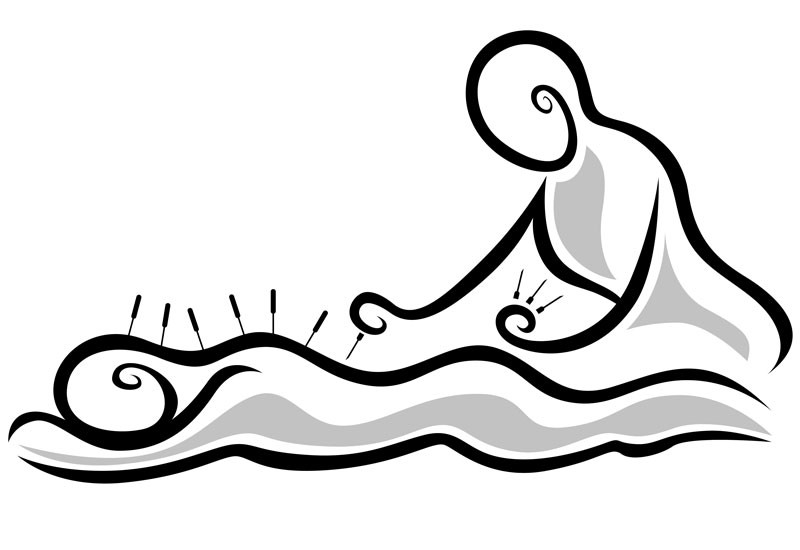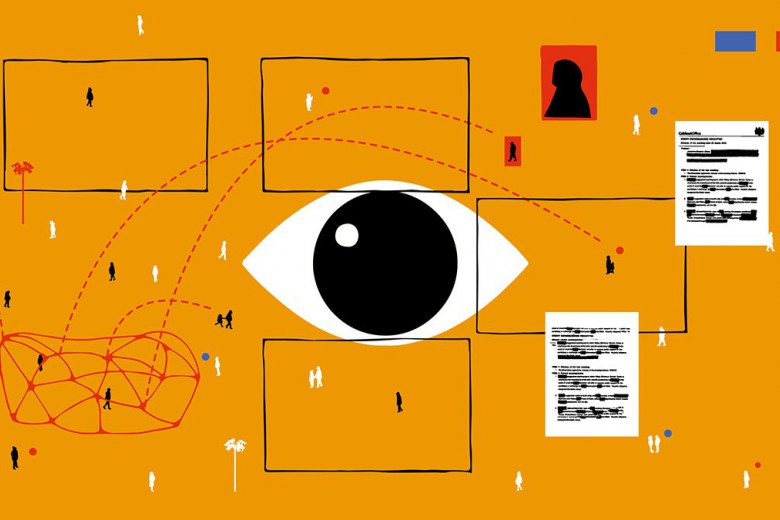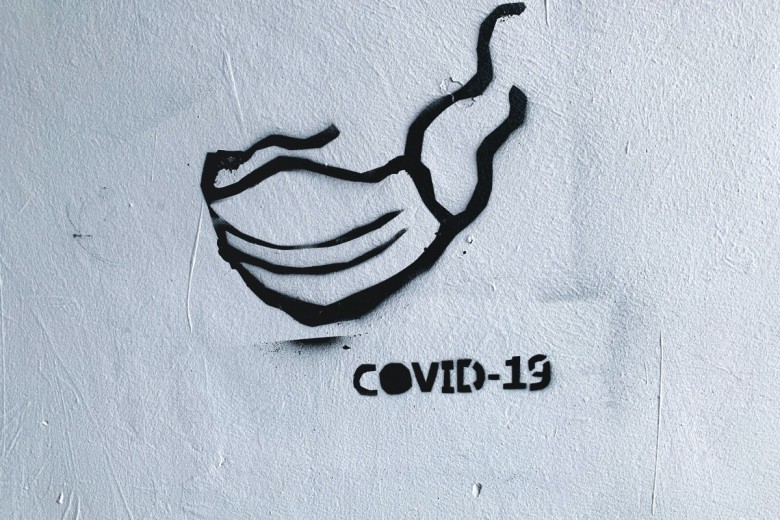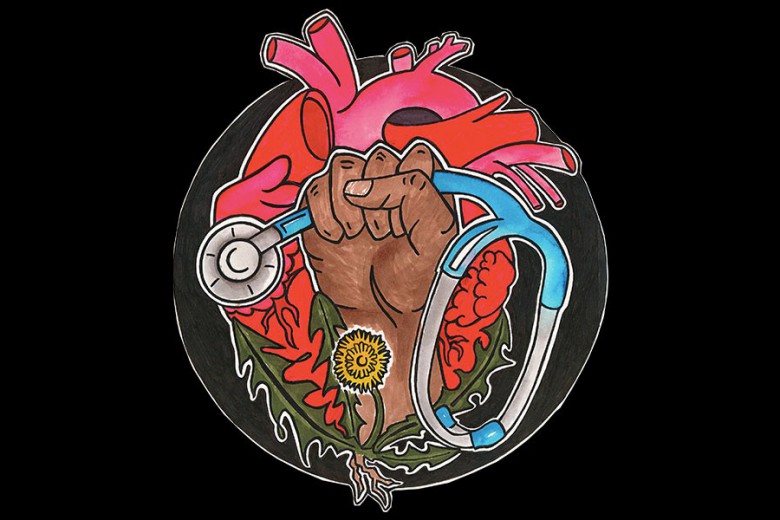
As debates about national health care reform ensue in Canada and the U.S., with governments desperate to find an affordable way to provide equitable, effective and timely health care to an aging and increasingly sick population, is it possible we are missing the point entirely? An emerging network of community acupuncturists on both sides of the border are challenging the notion that increasing access to Western medicine is the best way to improve health care.
Acupuncture, a mainstay of traditional Chinese medicine involving the insertion of thin needles at specific “acupoints” or energy hotspots in the body, has been used to prevent and treat pain, disease and numerous other afflictions for over 2,000 years. As the age-old Eastern tradition gains popularity in the West, acupuncture clinics have sprung up in just about every city and town in North America. But with the cost of a single appointment ranging from $60 to over $100, it’s not accessible to most people.
An emerging group of acupuncturists seeks to change that. The community acupuncture movement aims to make acupuncture an affordable health care option for working class people by keeping prices on an affordable sliding scale, usually between $15 and $35 per session. The movement began in the U.S., where there are now dozens of clinics that have adopted the community-based, sliding-scale model. And it’s now catching hold in Canada too, where there are currently five community acupuncture clinics – two in the Vancouver area and three in Toronto.
Rather than treating patients individually in private rooms, community clinics tend to have one larger treatment room, where several people receive treatments at the same time. Community acupuncture operates on a uniquely small scale, with clinics often well integrated into the communities they serve. Acupuncturists are often neighbours to their patients, frequenting the same grocery stores and embroiled in the same community struggles.
Toronto-based community acupuncturist Michael Lium-Collins describes community acupuncture as “human-scale and reality-based… small and pragmatic.”
Western medicine tends to focus on alleviating symptoms and managing crises, rather than preventative holistic care. More often than not, stress-related health problems like anxiety, chronic headaches or back pain are treated with drugs that may offer temporary relief but don’t generally address the underlying issue. Acupuncture addresses non-crisis health issues before they turn into crises, keeping people away from the emergency room and alleviating the need for disease treatment and other expensive health services.
As North American health care systems – overburdened, under-resourced and woefully inefficient – strain under the pressures of older, sicker populations, community-based preventative and complementary health care services like community acupuncture are increasingly valuable. Perhaps that’s why American community acupuncturist Lisa Rohleder insists that community acupuncture is “the calmest revolution ever staged.”



_780_520_90_s_c1.jpg)


